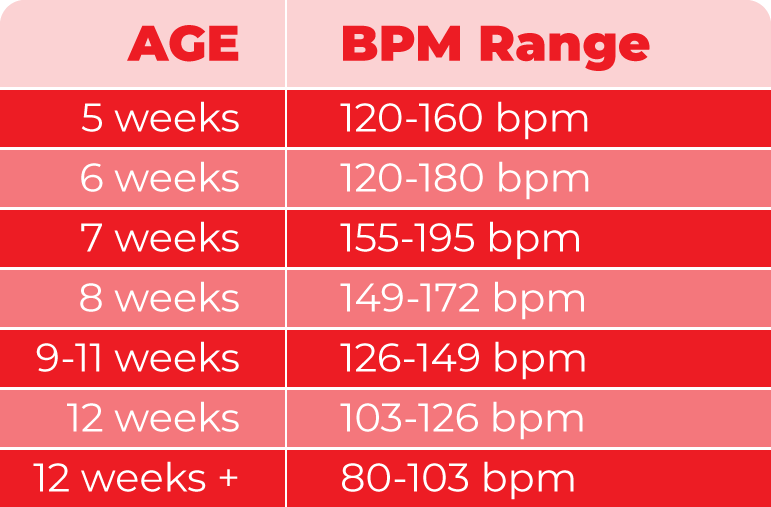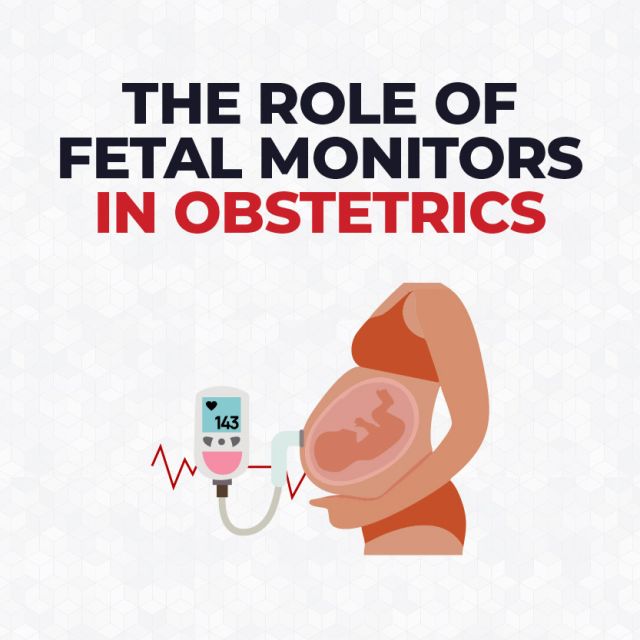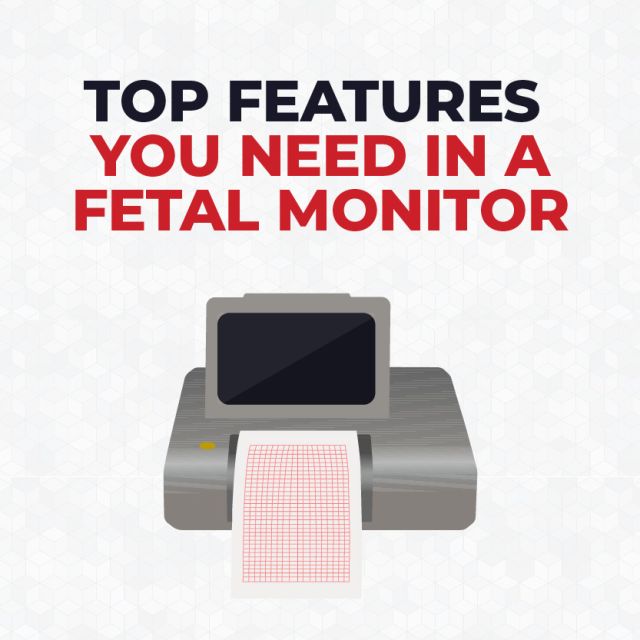Fetal Heart Rate Monitoring: Explained

What is Fetal Heart Rate Monitoring?
Fetal Monitors are often used for measuring the rhythm and heart rate of the baby.
Why is Fetal Heart Rate Monitoring Done?
Fetal monitoring especially important for high-risk pregnancies to detect any changes or abnormalities in the fetal heart rate.

How Does Fetal Monitoring Work?
There are 2 ways of performing fetal monitoring: External Fetal Monitoring and Internal Fetal Monitoring.
What are the Methods of External Monitoring?
There are 2 methods of external fetal monitoring during pregnancy and/or labor: Auscultation and Electronic Fetal Monitoring.
Auscultation
Auscultation is the process of listening to the fetal heartbeat with either a stethoscope or a doppler against the abdomen. Doctors typically use auscultation throughout labor routinely.
Electronic Fetal Monitoring
Electronic Fetal Monitoring involves using Fetal Monitors to record and measure the fetus’ heartbeat to contractions.
What If The Fetal Heart Rate Pattern is Abnormal?
An abnormal fetal heart rate may indicate that the baby isn’t receiving enough oxygen. However, an abnormal fetal heart rate pattern doesn’t always mean there is a present issue. An OB/GYN might further test to determine what’s causing the abnormality.







